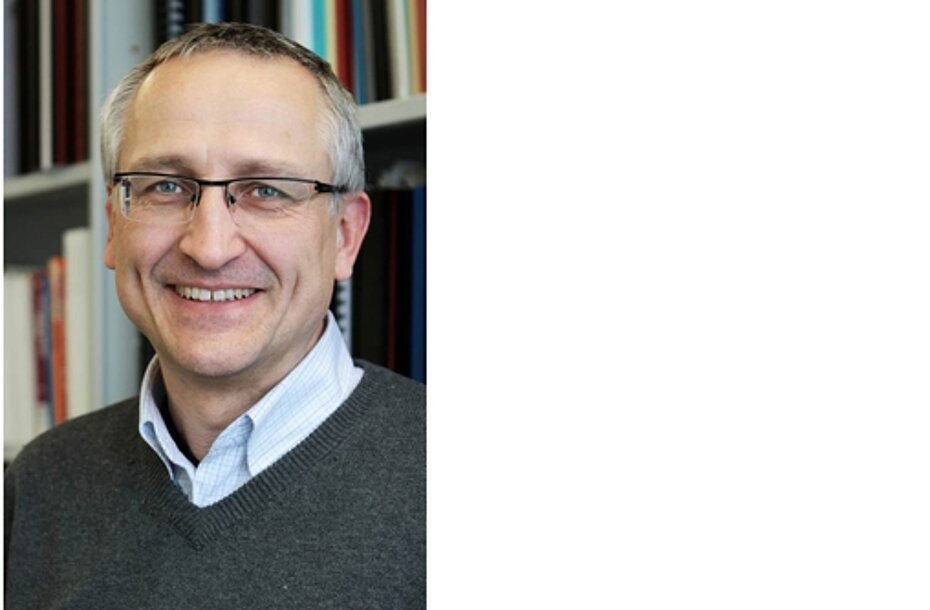From Regensburg to Harvard (2016)
After successfully venturing across the Atlantic in 2014 with Guest Professorships in Detroit (MI) and Gainesville (FL) , this year the Galenus Foundation returns to the transatlantic stage. In June 2016 Prof. Achim Goepferich, chair of the Department of Pharmaceutical Technology and Biopharmacy at Regensburg University, will begin his time as the 3rd North American Galenus Guest Professor, hosted by Prof.David Mooney, at the Wyss Institute at Harvard University. The Wyss focuses on adapting and transforming natural patterns and materials for and into a broad range of technologies for use in engineering, medicine and pharmacy (www.wyss.harvard.edu) . This exciting collaboration starts on June 13th, 2016, followed by Prof. Göpferich`s key note lecture on June 29th. For those eager to view the lecture remotely, the event will be streamed on the Harvard website. The video will be available on the website of the foundation.
Copyright Galenus Foundation Vienna / Austria
Ocular Drug Delivery or How to Squeeze Camels Through the Eye of a Needle - Epithelial and Microbial Barriers
Drug development has changed tremendously in recent years and had a marked impact on medicinal products. On the one hand biologics became extremely popular since they can be tailored exactly to the pathophysiological needs of a disease target. On the other hand these molecules have adverse properties such as large size that cause problems with respect to their biodistribution. The impact on drug therapy was in some cases so significant that it led to a complete shift of paradigms such as in the case of ocular drug delivery. The most common way of application via eye drops is not feasible for biologics. Due to the decreasing permeability of the corneal epithelium with increasing molecule size, the problem resembles trying to squeeze camels through the eye of a needle. Current standard therapies for diseases of the posterior eye such as age related macular degeneration circumvent the problem by administering biologics via intravitreal injections. Even though this strategy appears to be a valid option, it seems that alternatives could be advantageous. The talk will elucidate what the challenges of ocular drug delivery are and illustrate some of the alternatives that exist. The talk will also demonstrate that drug delivery technology can be used for the transport a therapeutic freight, but also to develop new pharmacological entities where delivery vehicle and drug merge to novel therapeutic entities offering new therapeutic options.









